
Meerkat Facts
- The Meerkat represents a small mammal belonging to the mongoose family. In fact, this adorable creature remains the only member of its genus.
- The highly gregarious animal commonly lives in colonies, usually known as mobs, of around 20 individuals. Yet sometimes, these colonies number as many as 50 individuals
- Unlike most burrowing animals, this remarkable species commonly shares its burrows with other species. These most commonly include the ground squirrel and the yellow mongoose.
- Fascinatingly, studies have indicated that this creature is highly intelligent, and may even possess a sense of time.
- The mammal is also popular for its organized behavior. When the clan emerges above ground, a single individual stands apart, keeping watch for predators.
- This individual will change places with another member of the clan approximately every hour, with the intervals usually even in duration.
Related Articles
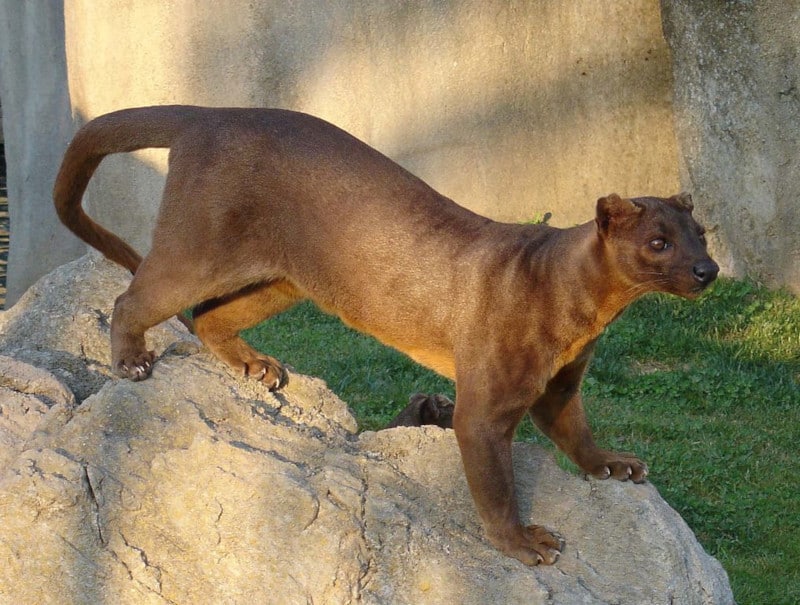
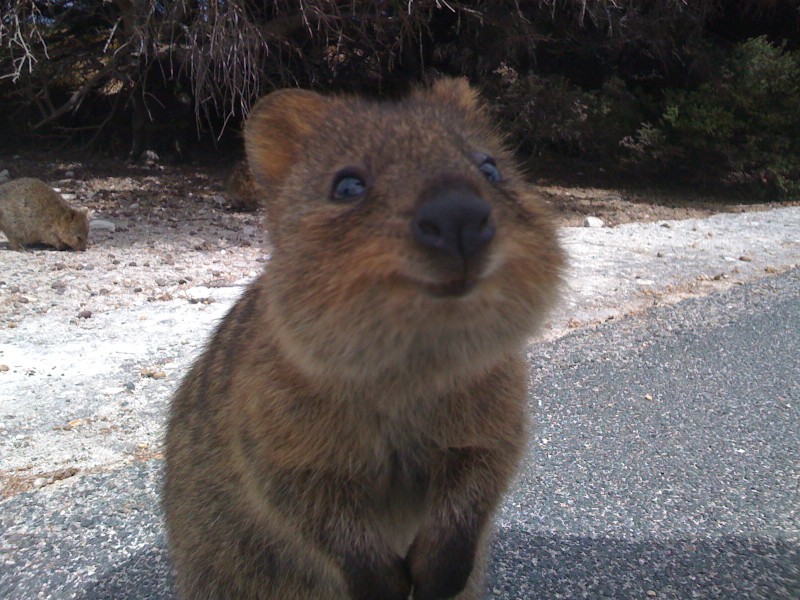
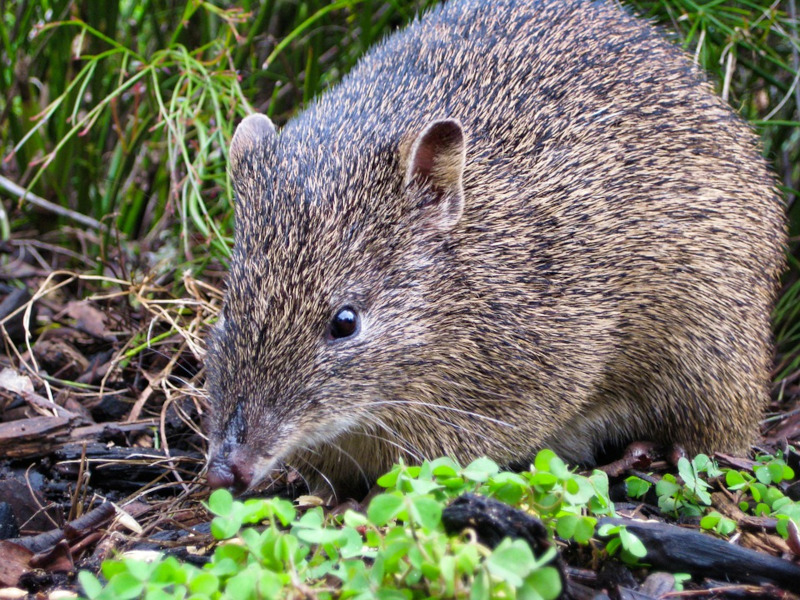

Meerkat Physical Description
The Meerkat ranks as a rather small animal. The average adult attains a maximum body length of about 14 in (35 cm). The species does not display any noticeable degree of sexual dimorphism.
Adults average roughly 1.61 lbs (0.73 kg) in weight and remain famous for the long, slender bodies. The tail also measures relatively long, usually up to 9.8 inches (25 cm) long.
The rather impressive tail also grows strong and thin, and typically proves to be quite useful in balancing when it stands upright.
The exact coloring varies widely among individuals. However, various shades of orange, silver, gold, and brown predominate.
- Kingdom: Animalia
- Phylum: Chordata
- Class: Mammalia
- Order: Carnivora
- Family: Herpestidae
- Genus: Suricata
- Species: S. suricatta
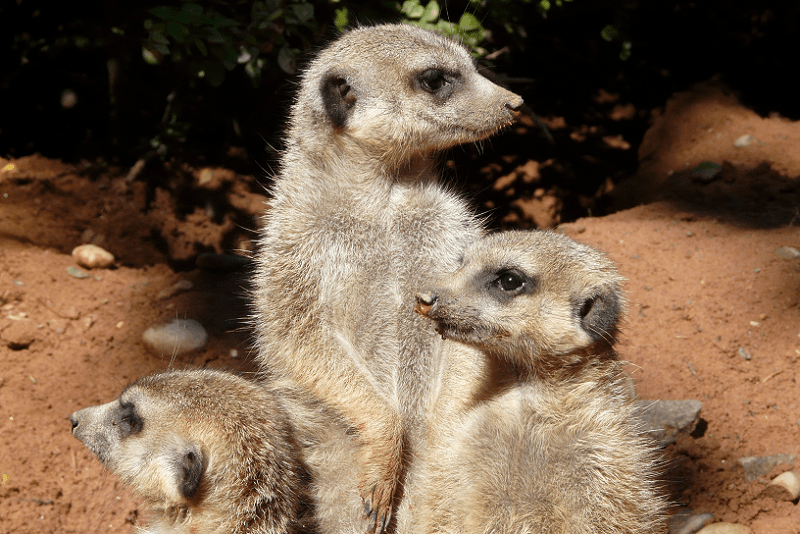
Meerkat Distribution, Habitat, and Ecology
The outgoing and adorable Meerkat evolved as native to all parts of the Kalahari Desert in Botswana, much of the Namib Desert in Namibia, southwestern Angola, and South Africa.
Given its native range, it evolved natively to rather arid, dry regions, such as desert, savanna, and scrub.
The rather large clans of this social creature live in large underground burrows, with many complex tunnels. It usually leaves the tunnels only during the day.
In the wild, the lovely and fascinating animal also usually possesses an average lifespan of 6-7 years. In captivity, however, without its numerous predators, it typically lives for twice that.
The Meerkat remains primarily an insectivorous animal but also consumes snakes, lizards, spiders, scorpions, plants, eggs, small mammals, and even small birds.
Species Sharing Its Range
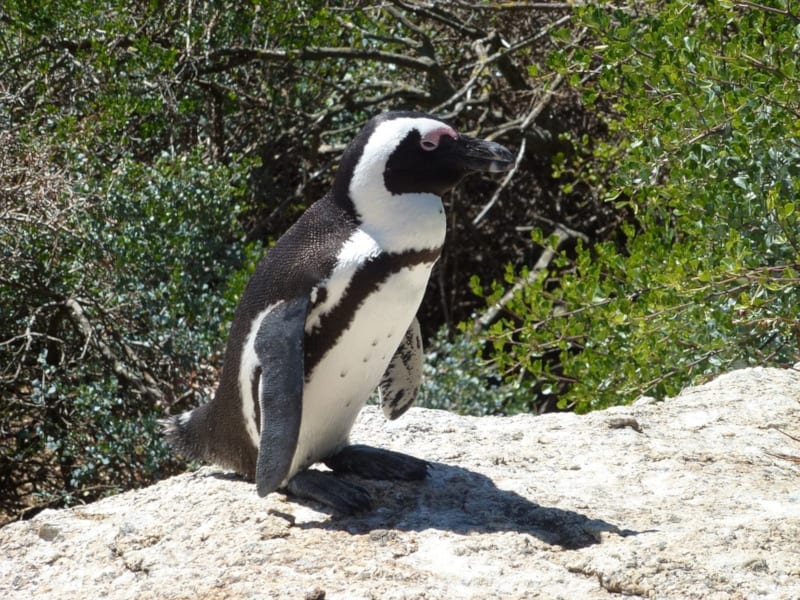


Check out our other articles on 5 Completely Unique Volcanoes, Serval, Great Dismal Swamp, Apple of Sodom, Rabid Wold Spider, Black-and-white hawk-eagle, Tiger Shark, Jewelled Gecko









Leave a Reply